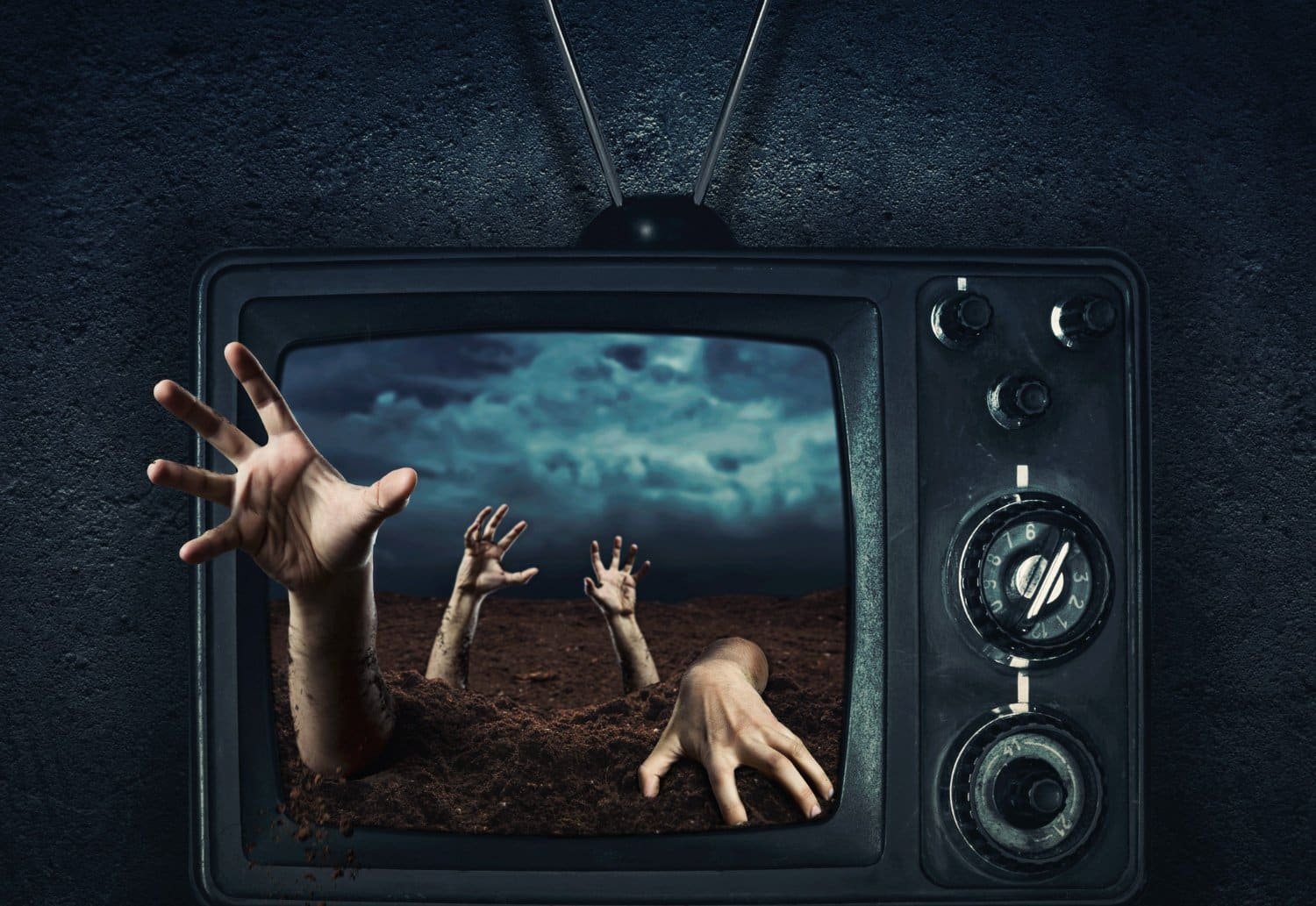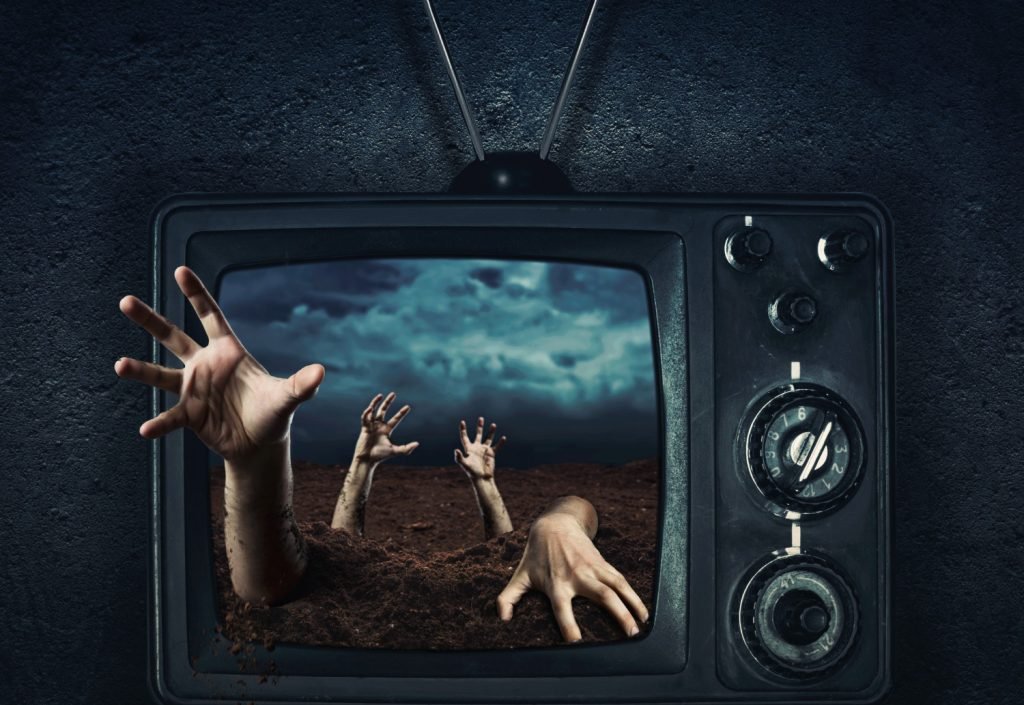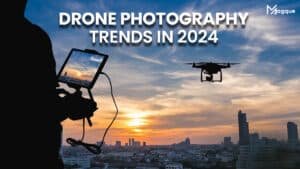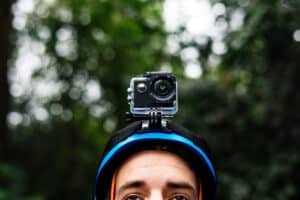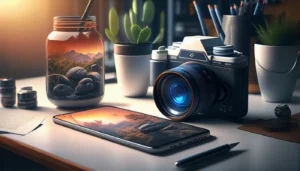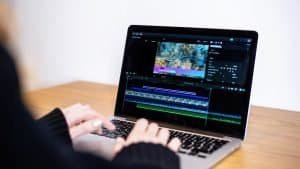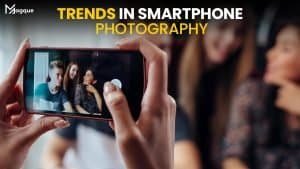Unveiling the Cinematic Videography Trends: Shaping the Future of Visual Storytelling
Hey there, fellow storytellers and video enthusiasts! Are you ready to dive into the exciting world of cinematic videography trends? Buckle up because we’re about to embark on a journey through the future of visual storytelling, and trust me, it will be one thrilling ride!
Now, picture this: you’re sitting in a darkened theatre, popcorn in hand, eagerly awaiting the start of the latest blockbuster film. As the lights dim and the screen comes to life, you’re transported to another world filled with stunning visuals, heart-pounding action, and captivating storytelling. That, my friends, is the power of cinematic videography.
But what exactly are cinematic videography trends, and why should you care? Consider them the ever-evolving techniques and styles filmmakers use to create visually stunning and emotionally engaging content. From breathtaking drone shots to seamless transitions and immersive sound design, these trends keep audiences returning for more.
So, what’s on the horizon for the future of visual storytelling? Let’s take a closer look at some of the trends that are shaping the industry:
- Drone Videography: With advancements in drone technology, filmmakers now have access to breathtaking aerial shots that were once only possible with expensive helicopters. From sweeping landscapes to dynamic chase sequences, drone videography adds a new dimension to storytelling.
- Virtual Reality (VR) and Augmented Reality (AR): As VR and AR technology evolve, filmmakers explore new ways to immerse audiences in their stories. Whether it’s a fully interactive VR experience or subtle AR enhancements, these technologies can potentially revolutionize how we experience film.
- Storytelling Through Social Media: With the rise of platforms like Instagram and TikTok, filmmakers are finding new ways to tell stories in bite-sized formats. From short films to behind-the-scenes footage, social media offers a unique opportunity to connect with audiences more personally and interactively.
- Dynamic Lighting and Color Grading: Lighting and colour play a crucial role in setting the mood and tone of a film. From bold, saturated colours to moody, atmospheric lighting, filmmakers use dynamic lighting and colour grading techniques to create visually stunning and emotionally impactful scenes.
- Documentary-Style Filmmaking: In an age of authenticity and transparency, documentary-style filmmaking is gaining popularity among audiences. Whether a true crime documentary or a behind-the-scenes look at a creative process, these films offer a raw and unfiltered glimpse into the world around us.
So, what do these trends mean for the future of visual storytelling? Well, being a filmmaker or video enthusiast is an exciting time. The possibilities are endless with advancements in technology and a growing appetite for innovative content. Whether you’re a seasoned professional or an aspiring filmmaker, there’s never been a better time to explore the world of cinematic videography.
So, grab your camera, fire up your imagination, and embark on an epic cinematic journey. The future of visual storytelling awaits – and it will be one for the ages.
Read Also:

